You may know that chiropractic is the fastest-growing field in holistic health care, with 35 million people seeing chiropractors on an annual basis. What may come as a surprise is that there are multiple chiropractic philosophies shaping the essence of the care provided by professional chiropractors.
Life Chiropractic College West endorses vitalistic chiropractic principles. Faculty members at this college in San Francisco’s Bay Area teach vitalistic principles based on the presence of innate intelligence within the human body and the belief that the body is highly complex with its own inner wisdom on how best to adapt and respond to both internal and external stressors.
“What we’re doing here is removing tension from your nervous system so that your body can function better,” said Life West philosophy department chair and faculty member Ankur Tayal, DC.
Subluxations and vitalism
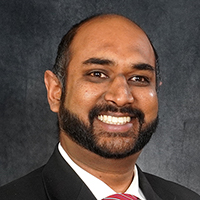
Ankur Tayal, DC
Dr. Tayal, who is also a Life West graduate, specifically notes the use of the term “subluxation” as a vitalistic concept. He said some subluxations, or misalignments within the neck and spine, may bring adverse effects even without causing pain.
“Your misalignment could affect the nervous system,” he said. “That’s as vitalistic as it gets. The vitalistic doctor might say, ‘It’s really important to live a life where your nervous system isn’t interfered with.’ It’s not just about when you feel bad. It’s about being proactive and living your best life. That’s a vitalistic approach.”
Dr. Tayal said vitalistic chiropractors may not be as quick to promise results to patients who are seeking relief from pain. These chiropractors, however, would be confident that removing subluxations within the body allows for the nervous system to operate at its optimal potential and promote healing.
“The vitalist will appeal to the idea that you’re better off without a subluxation,” he said. “It stands to reason that all of this stuff will get better if we remove the interference. We can definitely back up the idea that the patient will function better in that instance.”
Vitalistic chiropractors say that the human body is greater than the sum of its parts, and the cause of a patient’s complaint may not be the same as the location of the pain.

Cheryl Hawk, DC, PhD
“Enhancing the body’s own defenses is an approach based on working with the body’s self-healing capacity,” said Cheryl Hawk, DC, PhD, in a Journal of Chiropractic Humanities article published in 2005. “Inseparable from the concept of vitalism is holism: Just as a living organism is something more than the sum of its parts, a health care or healing system cannot be explained by examining its procedures in isolation.”
“I believe that both the health care culture and the health care consumer are awakening to a new paradigm,” said Peter Kevorkian, DC, in a recent edition of Life West Chiropractic Magazine, where he wrote about salutogenesis, a health care concept that many vitalistic chiropractors embrace. “People are recognizing that treating a condition is only a very small piece of the well-being puzzle.”
Salutogenesis in chiropractic
The word “salutogenesis,” which translates to “creation of health,” serves as a guiding light for vitalistic chiropractors. The salutogenic model of health offers ways in which chiropractors can help guide patients in their care and well-being.

Ron Oberstein, DC
“A term like salutogenesis provides us with the opportunity to talk about the vitalistic chiropractic model in a way that offers vivid clarity and guidance,” said Dr. Ron Oberstein, President of Life Chiropractic College West, in Life West Chiropractic Magazine. “By focusing on the ways in which chiropractic can not only offer a creation of health, but also an ongoing journey toward optimal health, we are most certainly designing the roadmap to ‘Creating a Brighter Future for Humanity.’ ”
One of chiropractic’s most respected authorities on salutogenesis was Jeanne Ohm, DC, who served as the Chief Executive Officer of the International Chiropractic Pediatric Association and as a member of the Life West Board of Regents. In another Life West Chiropractic Magazine article, she wrote that vitalistic and salutogenic principles are vital for chiropractors and the chiropractic profession.
“Our choice to either inspire someone’s innate potential on all levels, or sell them a prescriptive cure based on their fear of disease, determines the kind of hierarchy that operates within our practice and our profession,” Dr. Ohm wrote. “For the person seeking care, it’s also a litmus test that we will either pass or fail as providers with respect to each person’s deeper search for something more than a ‘magic pill.’ ”
The importance of continuing care
After a few visits to your chiropractor, you may be feeling significantly better. This is great, but vitalists believe that consistent adjustments beyond an initial round of care are incredibly important to maintaining the body’s optimal potential.
“In society, we want a quick fix, but life happens,” Dr. Tayal said. “You’re going to hit your head, or slip and fall, or get in a fender-bender, and that’s going to undo some of the work that we’ve done. It might not be a major trauma, but these are the types of things that may undo an adjustment.”
Rather than comparing regular visits to a chiropractor with other medical office visits, Dr. Tayal advised patients to treat chiropractic care like other things you might do to maintain health and wellness.
“How often do you do yoga or meditate?” he asked. “We don’t want to adjust you every time, necessarily. We want to check you. If your chiropractor is checking you every time you visit to see if you need to be adjusted, they’re doing good, vitalistic work. If they’re leaving your body alone because it’s subluxation-free, that means you’re functioning at a high capacity.”
The inspirations of vitalistic chiropractors
One of the things Life West urges students to do is find their “why,” or their reason for wanting to be chiropractors. In Dr. Tayal’s experience, current and future vitalistic chiropractors get excited about correcting subluxations and allowing a patient’s body to express its own innate intelligence.
“I find that vitalistic chiropractors are extremely enthusiastic,” he said. “Vitalistic chiropractors get excited by working with what animates the body, what regulates the body, and what heals the body. That fires us up.”
Dr. Hawk and Dr. Ohm both wrote that health care perspectives rooted in vitalism are invaluable, and there’s room for different views.
“Vitalism need not prevent our profession from gaining acceptance and credibility, especially in the postmodern age when a plurality of worldviews is becoming not only acceptable but explored by stakeholders in the biomedical establishment,” Dr. Hawk said. “If we refuse to remain doctors who empower others to heal from within, our patients will lose the most.”
“As long as we hold to the positive definition of health, we will never lose ourselves,” Dr. Ohm said. “We will serve our profession through new horizons. We will continue to serve the individual. And we will be aligned to the greater potential belonging to our human species.”





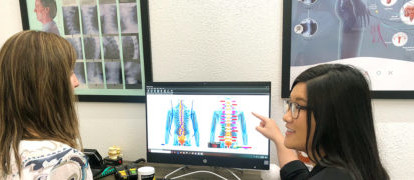
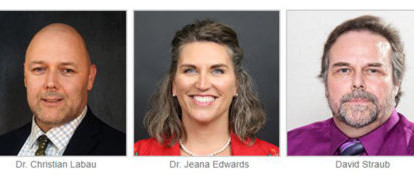
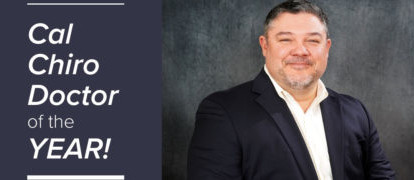
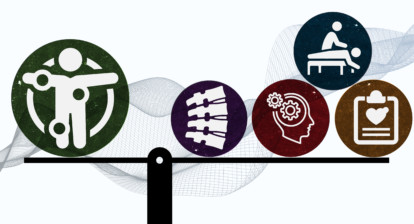
Pingback: How Chiropractic Adjustments Can Realign Your Life | The Wellness Tribe Denver Chiropractic